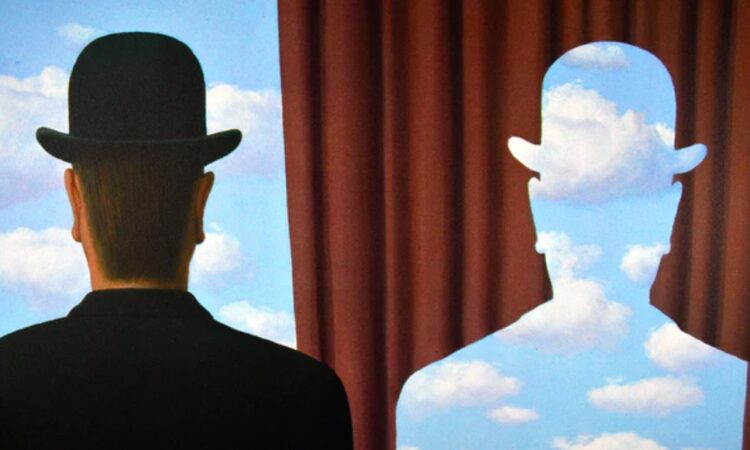
Step into the whimsical world of Dada TV, where reality blurs with absurdity and conventional rules are tossed aside like yesterday’s news. This avant-garde movement isn’t just a relic of the past; it has found its way into contemporary culture, challenging everything we think we know about media and art. With its nonsensical humor and playful chaos, Dada TV invites viewers to question norms while reveling in the unconventional. If you’re ready to explore how this unique form of entertainment shakes up our perceptions, then buckle up for an exhilarating ride through the surreal landscape of Dada-inspired programming.
How Dada TV challenges traditional media and art forms
Dada TV boldly steps beyond the confines of traditional media. It shatters expectations by employing absurdity as a primary language. Instead of polished narratives, viewers are greeted with chaos and spontaneity.
This approach dismantles conventional storytelling. Characters may morph unexpectedly or plotlines can dissolve into nonsensical vignettes. The result is an experience that feels both jarring and liberating.
In doing so, 다다티비elevates viewer participation. Audiences aren’t just passive observers; they’re invited to engage critically with content that defies easy interpretation. This challenges our perception of what art can be.
The Power of Satire and Subversion in Dada TV Programming
Dada TV thrives on satire, unveiling absurdities hidden in plain sight. Its humor often veers into the surreal, using wit to critique societal norms and expectations.
Viewers are invited into a world where logic is turned upside down. This creates a space for reflection on contemporary issues like consumerism and media saturation. The outrageousness becomes a powerful tool that challenges what we consider acceptable entertainment.
Subversion is at the heart of Dada programming. It flips traditional narratives, encouraging audiences to question their beliefs about art and culture. By playing with form and structure, these shows dismantle conventional storytelling techniques.
Characters may act nonsensically or engage in bizarre scenarios that seem meaningless at first glance. Yet, this chaos serves as an effective commentary on our chaotic reality—reminding us not to take everything too seriously amidst life’s madness.
Criticisms and Controversies Surrounding Dada TV
Dada TV has stirred the pot since its inception. Critics argue that its avant-garde approach can sometimes appear chaotic and nonsensical. This unpredictability frustrates those who seek clarity in media.
Some viewers feel alienated by Dada TV’s unconventional narratives. They question whether all this absurdity serves any purpose at all. The lack of traditional storytelling can leave audiences scratching their heads, searching for meaning where there may be none.
Yet, such criticisms often miss the point. Dada TV thrives on subversion and challenges societal norms—provoking thought rather than providing answers. It dares to ask uncomfortable questions about art, culture, and reality itself.
The controversies surrounding certain episodes have ignited passionate debates online. While some applaud the boldness of these productions, others deem them offensive or inappropriate for mainstream consumption.
The controversy surrounding Dada TV and its boundary-pushing content
Dada TV thrives on pushing boundaries, often igniting heated debates. Its unconventional approach to storytelling and aesthetics challenges viewers’ expectations. This radical art form questions the very essence of what television can be.
Critics argue that Dada TV’s content is provocative for the sake of provocation. They believe it sacrifices substance for shock value. Others celebrate this audacity as a necessary disruption in an era dominated by formulaic programming.
The line between art and absurdity blurs with each episode. Audiences are left wondering if they are witnessing genius or chaos. While some find liberation in their unpredictability, others recoil at the discomfort it evokes.
Analysis of popular Dada TV shows and their themes
Dada TV has given birth to a collection of shows that defy categorization. These programs often blend reality, absurdity, and humor in unexpected ways. One standout example is “Nonsense News,” where the anchors deliver completely fabricated news stories with deadpan seriousness. This show comments on the state of misinformation in our media landscape, encouraging viewers to question everything they see.
Another popular series, “Art Attack,” takes aim at traditional art forms by showcasing bizarre performances and installations that challenge conventional aesthetics. Each episode dismantles preconceived notions about what constitutes art while inviting audiences to embrace chaos and spontaneity.
“Cultural Fragments” stands out for its eclectic mix of interviews with artists who thrive outside mainstream channels. The program highlights how Dada principles manifest across various forms—music, literature, visual arts—all while making irreverent statements about society’s norms.




